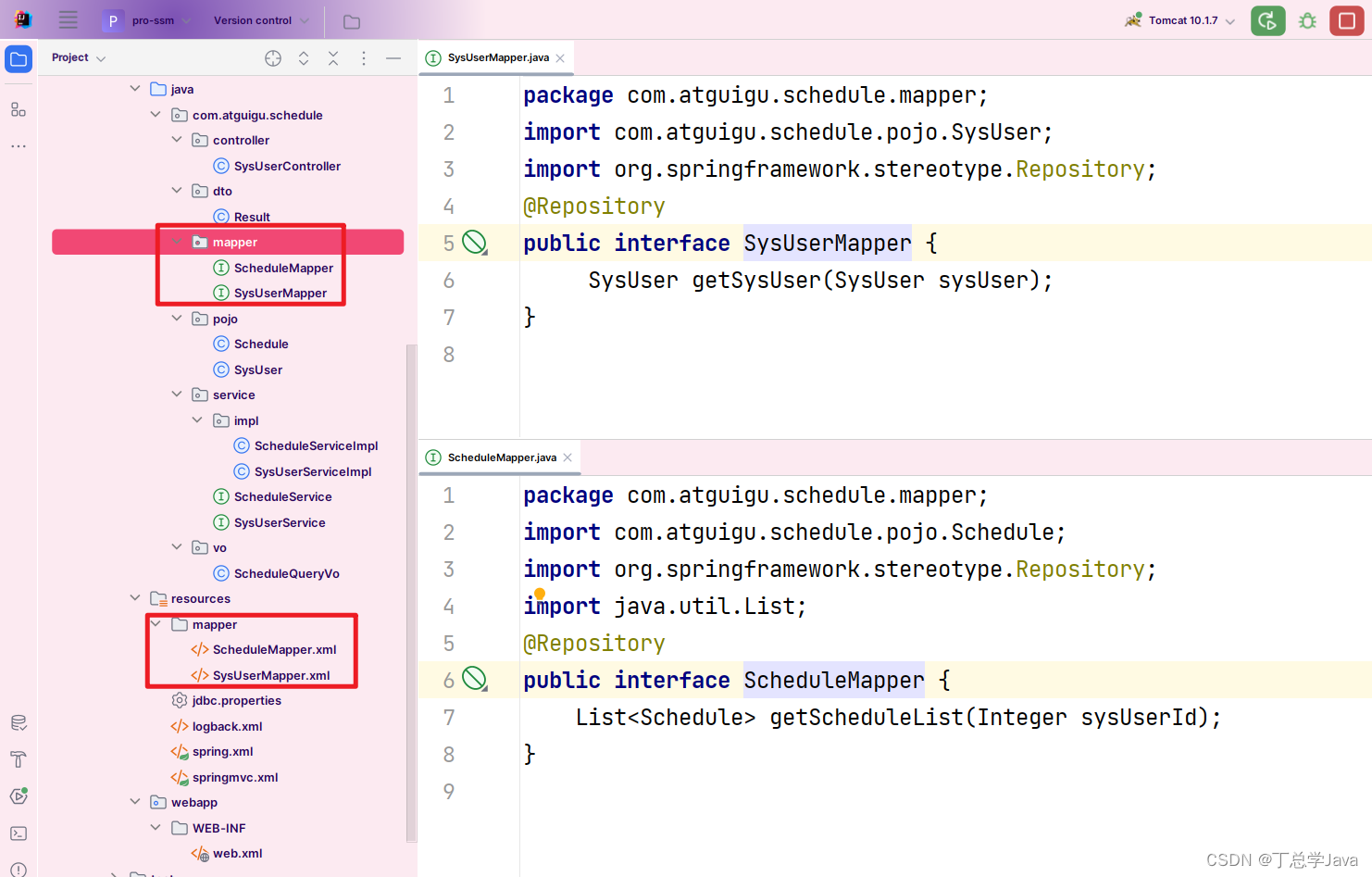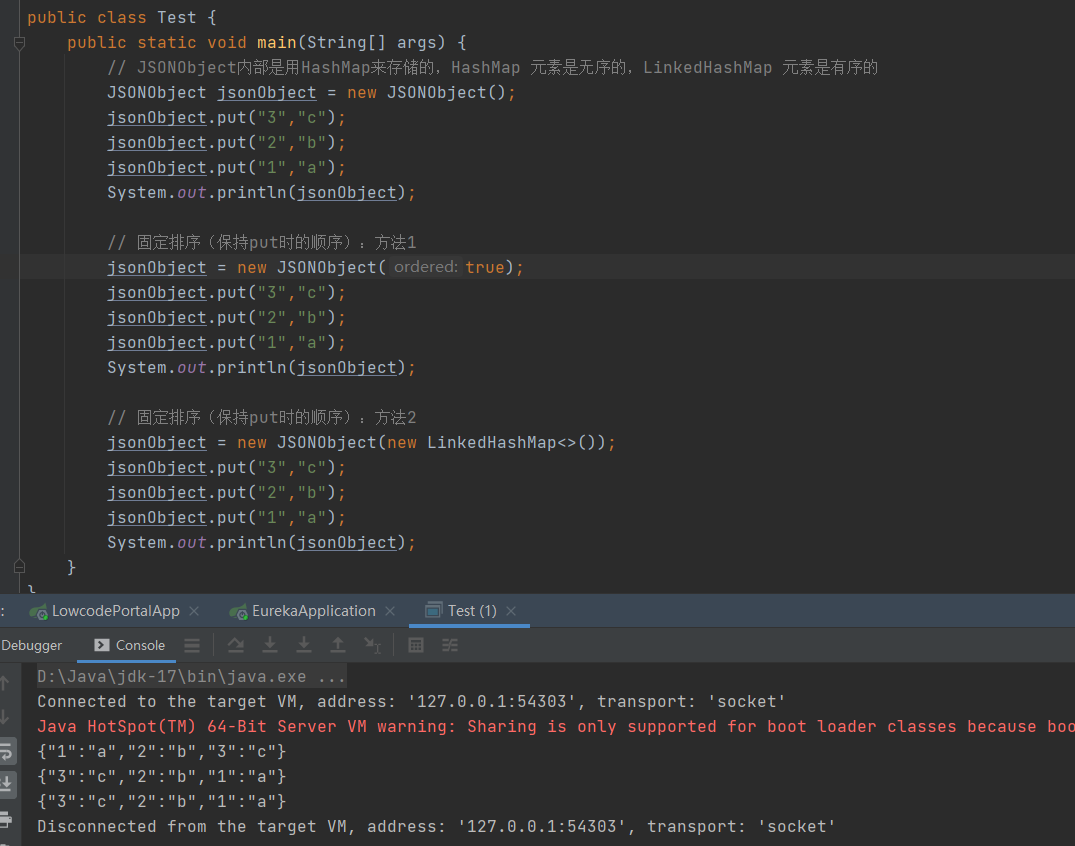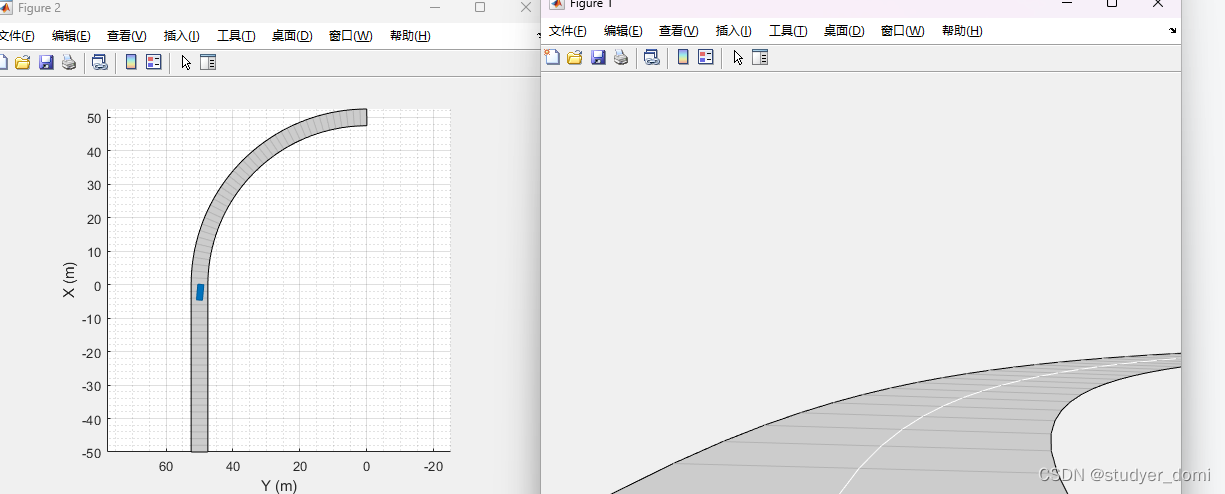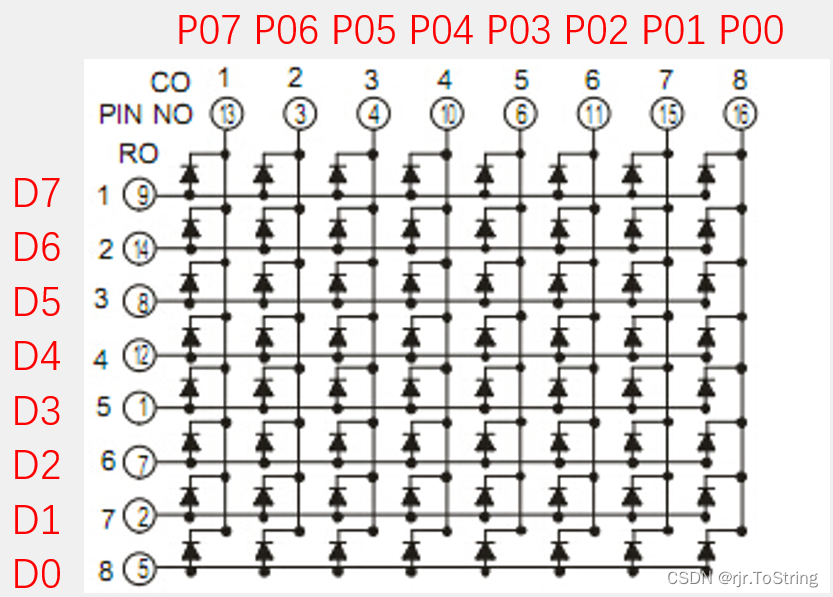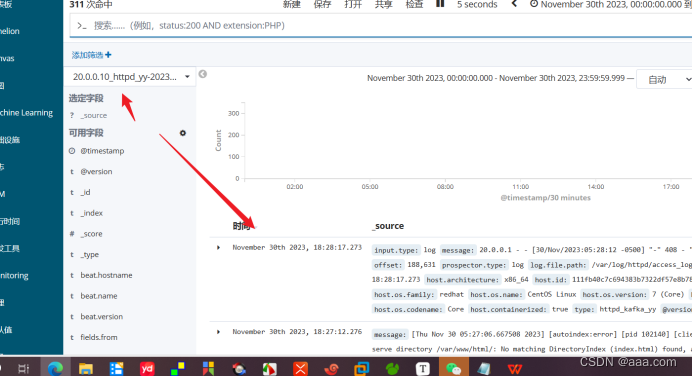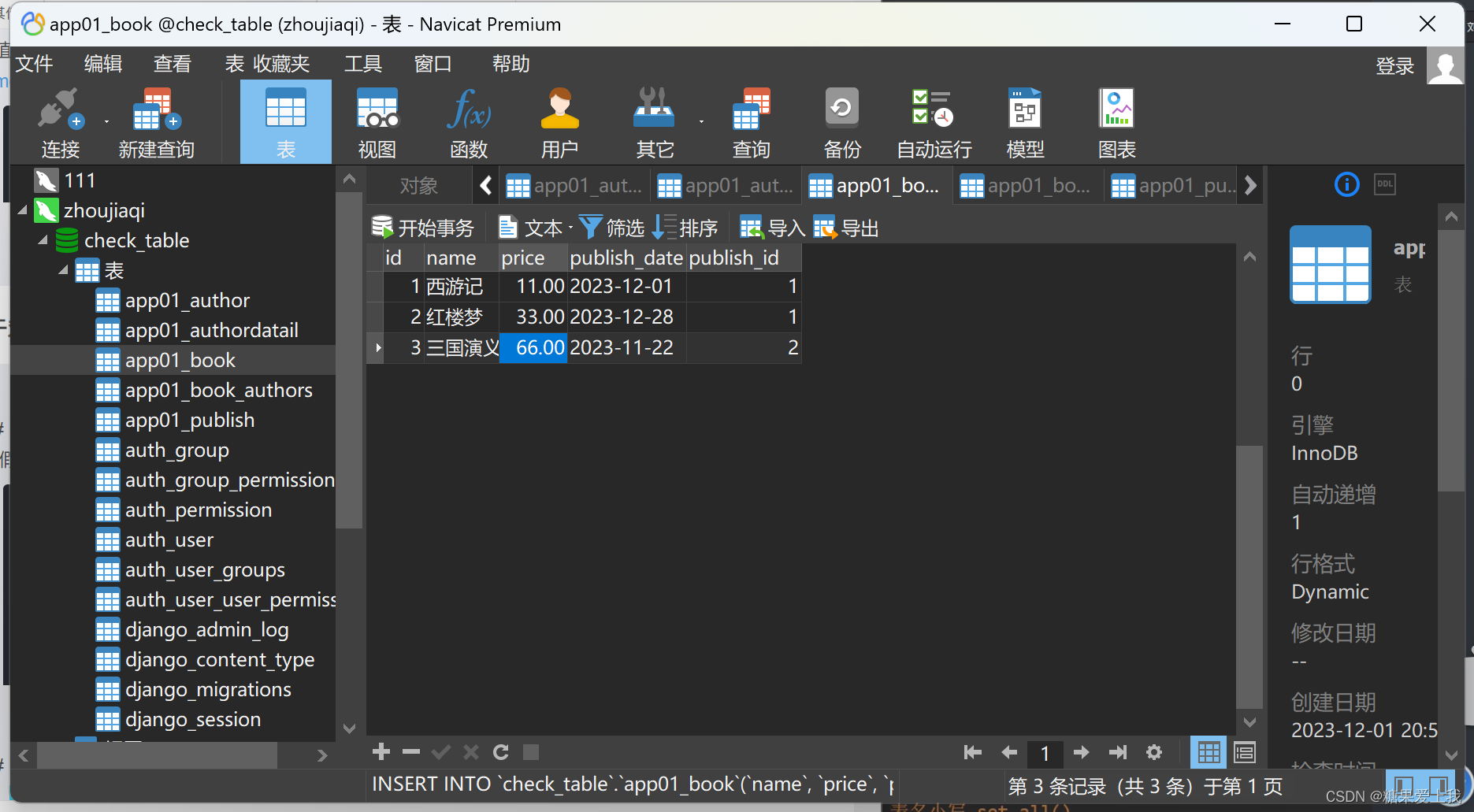导言:
在编程的世界中,程序员们经常面对着繁忙的工作、长时间的电脑操作和高度集中的注意力。这种职业特性使得许多程序员在追求代码的完美的同时,往往忽略了自身的健康。让我们通过一段幽默的编程时光,探讨程序员的职业发展与身体管理之间的关系,同时分享一些在代码背后寻找健康密码的实用方法。
1. 编程语言入门:Hello World的奇迹之旅
在编程的世界里,每个程序员都从最基础的某编程语言入门开始。就像编写第一个“Hello World”程序一样,这是每个程序员职业发展的起点。这时,我们就像刚刚学会走路的孩子,充满好奇,对编程的未知世界充满了向往。

这个传统可以追溯到计算机科学早期的几个事件:
-
BCPL语言(1972年):
“Hello, World!” 的传统可以追溯到 BCPL 编程语言。BCPL是一种由马丁·理查兹(Martin Richards)于1966年创建的语言,而在1972年的BCPL手册中,有一个例子是输出 “Hello, World!”。 -
C语言(1974年):
Brian Kernighan 和 Dennis Ritchie在他们的经典著作《The C Programming Language》(C语言程序设计)中,使用 “Hello, World!” 作为展示C语言的第一个示例。这本书对C语言的推广有着深远的影响。 -
Ada语言(1983年):
美国国防部为了解决软件开发的问题,启动了一个名为Ada的计划。Ada语言的设计者也在他们的示例中使用了 “Hello, World!”。 -
Java语言(1995年):
James Gosling、Mike Sheridan和Patrick Naughton在设计Java语言时,也以 “Hello, World!” 作为演示的例子。这种传统在Java编程社区中继续延续。
这个简单的程序旨在帮助编程新手迅速了解编程语言的基础语法和结构,以及如何配置和运行程序。它不仅仅是一段代码,更是一个符号,代表着一个新的编程学习旅程的开始。
下面是一些简单的示例:
Python:
print("Hello, World!")
Java:
public class HelloWorld {
public static void main(String[] args) {
System.out.println("Hello, World!");
}
}
C:
#include <stdio.h>
int main() {
printf("Hello, World!\n");
return 0;
}
C++:
#include <iostream>
int main() {
std::cout << "Hello, World!" << std::endl;
return 0;
}
JavaScript:
console.log("Hello, World!");
HTML:
<!DOCTYPE html>
<html>
<head>
<title>Hello World</title>
</head>
<body>
<p>Hello, World!</p>
</body>
</html>
Ruby:
puts "Hello, World!"
Swift:
swift
Copy code
print("Hello, World!")
Go:
package main
import "fmt"
func main() {
fmt.Println("Hello, World!")
}
PHP:
<?php
echo "Hello, World!";
?>
2. 编程语言进阶:深入代码的奇妙之路
随着技术的深入学习,程序员逐渐从简单的语法和基础知识中解放出来,开始进入某编程语言的深奥世界。这个阶段就像是迷宫一样,充满了挑战和解谜。我们学会了更高级的数据结构、算法和设计模式,发现编程的乐趣和奥秘。
下面是一些简单的示例:
- Python
数据结构 - 哈希表:
class HashMap:
def __init__(self):
self._map = {}
def put(self, key, value):
self._map[key] = value
def get(self, key):
return self._map.get(key, None)
# 使用哈希表
my_map = HashMap()
my_map.put("name", "John")
print(my_map.get("name"))
算法 - 快速排序:
def quicksort(arr):
if len(arr) <= 1:
return arr
pivot = arr[len(arr) // 2]
left = [x for x in arr if x < pivot]
middle = [x for x in arr if x == pivot]
right = [x for x in arr if x > pivot]
return quicksort(left) + middle + quicksort(right)
# 使用快速排序
my_list = [3, 6, 8, 10, 1, 2, 1]
sorted_list = quicksort(my_list)
print(sorted_list)
多线程和锁:
import threading
counter = 0
lock = threading.Lock()
def increment():
global counter
for _ in range(1000000):
with lock:
counter += 1
threads = []
for _ in range(10):
thread = threading.Thread(target=increment)
threads.append(thread)
thread.start()
for thread in threads:
thread.join()
print("Counter:", counter)
装饰器:
def my_decorator(func):
def wrapper():
print("Something is happening before the function is called.")
func()
print("Something is happening after the function is called.")
return wrapper
@my_decorator
def say_hello():
print("Hello!")
say_hello()
- C
数据结构 - 链表:
#include <stdio.h>
#include <stdlib.h>
struct Node {
int data;
struct Node* next;
};
int main() {
struct Node* head = (struct Node*)malloc(sizeof(struct Node));
head->data = 1;
head->next = NULL;
struct Node* newNode = (struct Node*)malloc(sizeof(struct Node));
newNode->data = 2;
newNode->next = NULL;
head->next = newNode;
// 遍历链表
struct Node* current = head;
while (current != NULL) {
printf("%d ", current->data);
current = current->next;
}
free(head);
free(newNode);
return 0;
}
算法 - 归并排序:
#include <stdio.h>
void merge(int arr[], int l, int m, int r) {
// 合并两个子数组
// ...
}
void mergeSort(int arr[], int l, int r) {
if (l < r) {
int m = l + (r - l) / 2;
mergeSort(arr, l, m);
mergeSort(arr, m + 1, r);
merge(arr, l, m, r);
}
}
int main() {
int arr[] = {12, 11, 13, 5, 6, 7};
int arr_size = sizeof(arr) / sizeof(arr[0]);
mergeSort(arr, 0, arr_size - 1);
// 输出排序后的数组
// ...
return 0;
}
指针和动态内存分配:
#include <stdio.h>
#include <stdlib.h>
int main() {
int *arr;
arr = (int*)malloc(5 * sizeof(int));
for (int i = 0; i < 5; i++) {
arr[i] = i;
}
for (int i = 0; i < 5; i++) {
printf("%d ", arr[i]);
}
free(arr);
return 0;
}
多文件编程:
// File: main.c
#include "functions.h"
int main() {
int result = add(3, 4);
printf("Result: %d\n", result);
return 0;
}
// File: functions.c
int add(int a, int b) {
return a + b;
}
// File: functions.h
int add(int a, int b);
- C++
数据结构 - 树:
#include <iostream>
struct TreeNode {
int data;
TreeNode* left;
TreeNode* right;
TreeNode(int val) : data(val), left(nullptr), right(nullptr) {}
};
int main() {
TreeNode* root = new TreeNode(1);
root->left = new TreeNode(2);
root->right = new TreeNode(3);
// 遍历树
// ...
delete root->left;
delete root->right;
delete root;
return 0;
}
算法 - Dijkstra算法:
#include <iostream>
#include <vector>
#include <queue>
#include <climits>
using namespace std;
// 图的表示和Dijkstra算法
// ...
int main() {
// 使用Dijkstra算法找到最短路径
// ...
return 0;
}
类和继承:
#include <iostream>
class Shape {
public:
virtual void draw() {
std::cout << "Drawing a shape." << std::endl;
}
};
class Circle : public Shape {
public:
void draw() override {
std::cout << "Drawing a circle." << std::endl;
}
};
int main() {
Shape* shape = new Circle();
shape->draw();
delete shape;
return 0;
}
模板:
#include <iostream>
template <typename T>
T add(T a, T b) {
return a + b;
}
int main() {
int result1 = add(3, 4);
double result2 = add(1.5, 2.5);
std::cout << "Result 1: " << result1 << std::endl;
std::cout << "Result 2: " << result2 << std::endl;
return 0;
}
- Java
数据结构 - 栈和队列:
import java.util.Stack;
import java.util.Queue;
import java.util.LinkedList;
public class Main {
public static void main(String[] args) {
// 使用栈
Stack<Integer> stack = new Stack<>();
stack.push(1);
stack.push(2);
System.out.println(stack.pop());
// 使用队列
Queue<Integer> queue = new LinkedList<>();
queue.offer(1);
queue.offer(2);
System.out.println(queue.poll());
}
}
设计模式 - 单例模式:
public class Singleton {
private static Singleton instance;
private Singleton() {}
public static Singleton getInstance() {
if (instance == null) {
instance = new Singleton();
}
return instance;
}
}
// 在其他类中使用单例模式
// Singleton singleton = Singleton.getInstance();
多线程和同步:
class Counter {
private int count = 0;
public synchronized void increment() {
for (int i = 0; i < 1000000; i++) {
count++;
}
}
public int getCount() {
return count;
}
}
public class Main {
public static void main(String[] args) throws InterruptedException {
Counter counter = new Counter();
Thread thread1 = new Thread(() -> counter.increment());
Thread thread2 = new Thread(() -> counter.increment());
thread1.start();
thread2.start();
thread1.join();
thread2.join();
System.out.println("Counter: " + counter.getCount());
}
}
异常处理:
import java.io.BufferedReader;
import java.io.FileReader;
import java.io.IOException;
public class Main {
public static void main(String[] args) {
try (BufferedReader br = new BufferedReader(new FileReader("file.txt"))) {
String line;
while ((line = br.readLine()) != null) {
System.out.println(line);
}
} catch (IOException e) {
e.printStackTrace();
}
}
}
3. 编程语言最佳实践:代码之美的追求
在职业发展的中期,程序员逐渐注重编程的规范和最佳实践。这时,我们不仅关注代码的功能,更注重代码的可读性、可维护性和性能。像是在一座座建筑中,我们开始注重建筑的结构和美感,而这也是职业发展中的一次飞跃。
- 代码注释清晰
- 命名规范
- 单一职责原则
- 异常处理
清晰的代码注释、良好的命名规范和遵循单一职责原则是写出易于维护和理解的代码的关键。异常处理也是确保代码健壮性的重要方面。以下是一些示例:
- Python:
class DatabaseConnector:
def __init__(self, username, password, database):
"""
Initialize the DatabaseConnector.
:param username: The username for database connection.
:param password: The password for database connection.
:param database: The name of the database to connect to.
"""
self.username = username
self.password = password
self.database = database
def connect(self):
"""
Connect to the database.
:raises: ConnectionError if the connection fails.
"""
try:
# Code for establishing a database connection
print(f"Connected to {self.database}")
except Exception as e:
raise ConnectionError(f"Failed to connect to {self.database}: {str(e)}")
class DataProcessor:
def process_data(self, data):
"""
Process the given data.
:param data: The data to be processed.
"""
# Code for processing data
pass
- C:
#include <stdio.h>
#include <stdlib.h>
// Single Responsibility Principle: DatabaseConnector handles database connection.
struct DatabaseConnector {
char* username;
char* password;
char* database;
};
void connect(struct DatabaseConnector* connector) {
// Code for establishing a database connection
printf("Connected to %s\n", connector->database);
}
// Single Responsibility Principle: DataProcessor handles data processing.
struct DataProcessor {
// Data processing functions
};
void process_data(struct DataProcessor* processor, int* data, int size) {
// Code for processing data
}
int main() {
struct DatabaseConnector connector = {"user", "pass", "my_database"};
connect(&connector);
int data[] = {1, 2, 3, 4, 5};
struct DataProcessor processor;
process_data(&processor, data, sizeof(data) / sizeof(data[0]));
return 0;
}
- C++:
#include <iostream>
// Single Responsibility Principle: DatabaseConnector handles database connection.
class DatabaseConnector {
public:
DatabaseConnector(const std::string& username, const std::string& password, const std::string& database)
: username(username), password(password), database(database) {}
void connect() {
// Code for establishing a database connection
std::cout << "Connected to " << database << std::endl;
}
private:
std::string username;
std::string password;
std::string database;
};
// Single Responsibility Principle: DataProcessor handles data processing.
class DataProcessor {
public:
// Data processing functions
void processData(const std::vector<int>& data) {
// Code for processing data
}
};
int main() {
DatabaseConnector connector("user", "pass", "my_database");
connector.connect();
std::vector<int> data = {1, 2, 3, 4, 5};
DataProcessor processor;
processor.processData(data);
return 0;
}
- Java:
import java.sql.Connection;
import java.sql.DriverManager;
import java.sql.SQLException;
// Single Responsibility Principle: DatabaseConnector handles database connection.
public class DatabaseConnector {
private String username;
private String password;
private String database;
public DatabaseConnector(String username, String password, String database) {
this.username = username;
this.password = password;
this.database = database;
}
public Connection connect() throws SQLException {
try {
// Code for establishing a database connection
System.out.println("Connected to " + database);
return DriverManager.getConnection("jdbc:mysql://localhost:3306/" + database, username, password);
} catch (SQLException e) {
throw new SQLException("Failed to connect to " + database, e);
}
}
}
// Single Responsibility Principle: DataProcessor handles data processing.
public class DataProcessor {
// Data processing functions
public void processData(int[] data) {
// Code for processing data
}
}
public class Main {
public static void main(String[] args) {
DatabaseConnector connector = new DatabaseConnector("user", "pass", "my_database");
try {
Connection connection = connector.connect();
int[] data = {1, 2, 3, 4, 5};
DataProcessor processor = new DataProcessor();
processor.processData(data);
} catch (SQLException e) {
e.printStackTrace();
}
}
}
这些示例展示了注释、命名规范、单一职责原则和异常处理在不同语言中的应用。在实际项目中,注释应当清晰、简洁,并提供足够的信息来理解代码。命名应该具有描述性,遵循语言的命名约定。单一职责原则有助于维持代码的清晰性和可维护性。异常处理应该捕获和处理适当的异常,并提供有用的错误信息。
4. 架构的艺术:编程世界的建筑师
随着经验的积累,程序员逐渐晋升为系统架构师。这时,我们不再只关注某编程语言的细节,而是开始思考整个系统的架构。就像建筑师规划城市一样,我们设计着系统的蓝图,考虑着各个组件如何协同工作,实现系统的高效运转。

整个系统的架构示例通常包括多个层次,如用户界面层、应用层、业务逻辑层、数据访问层等。以下是一个简单的示例:
- Python:
# 用户界面层
class UserInterface:
def get_user_input(self):
pass
def display_output(self, result):
pass
# 应用层
class Application:
def __init__(self, user_interface, business_logic):
self.user_interface = user_interface
self.business_logic = business_logic
def run(self):
user_input = self.user_interface.get_user_input()
result = self.business_logic.process_data(user_input)
self.user_interface.display_output(result)
# 业务逻辑层
class BusinessLogic:
def process_data(self, data):
# 业务逻辑处理
pass
# 数据访问层
class DataAccess:
def get_data(self):
pass
# 主程序
if __name__ == "__main__":
user_interface = UserInterface()
business_logic = BusinessLogic()
data_access = DataAccess()
application = Application(user_interface, business_logic)
application.run()
- C:
// 用户界面层
struct UserInterface {
// Functions for getting user input and displaying output
};
// 应用层
struct Application {
struct UserInterface* user_interface;
struct BusinessLogic* business_logic;
};
void run(struct Application* app) {
// Get user input
// Process data using business logic
// Display output
}
// 业务逻辑层
struct BusinessLogic {
// Function for processing data
};
// 数据访问层
struct DataAccess {
// Function for getting data
};
// 主程序
int main() {
struct UserInterface user_interface;
struct BusinessLogic business_logic;
struct DataAccess data_access;
struct Application application = {&user_interface, &business_logic};
run(&application);
return 0;
}
- C++:
// 用户界面层
class UserInterface {
public:
// Methods for getting user input and displaying output
};
// 应用层
class Application {
public:
Application(UserInterface* ui, BusinessLogic* logic) : user_interface(ui), business_logic(logic) {}
void run() {
// Get user input
// Process data using business logic
// Display output
}
private:
UserInterface* user_interface;
BusinessLogic* business_logic;
};
// 业务逻辑层
class BusinessLogic {
public:
// Method for processing data
};
// 数据访问层
class DataAccess {
public:
// Method for getting data
};
// 主程序
int main() {
UserInterface user_interface;
BusinessLogic business_logic;
DataAccess data_access;
Application application(&user_interface, &business_logic);
application.run();
return 0;
}
- Java:
// 用户界面层
class UserInterface {
// Methods for getting user input and displaying output
}
// 应用层
class Application {
private UserInterface userInterface;
private BusinessLogic businessLogic;
public Application(UserInterface userInterface, BusinessLogic businessLogic) {
this.userInterface = userInterface;
this.businessLogic = businessLogic;
}
public void run() {
// Get user input
// Process data using business logic
// Display output
}
}
// 业务逻辑层
class BusinessLogic {
// Method for processing data
}
// 数据访问层
class DataAccess {
// Method for getting data
}
// 主程序
public class Main {
public static void main(String[] args) {
UserInterface userInterface = new UserInterface();
BusinessLogic businessLogic = new BusinessLogic();
DataAccess dataAccess = new DataAccess();
Application application = new Application(userInterface, businessLogic);
application.run();
}
}
这是一个简化的三层架构示例,具体的系统架构可能会更加复杂,涉及到更多的设计模式和组件。上述示例中,用户界面层负责用户交互,应用层协调业务逻辑和用户界面,业务逻辑层处理具体的业务逻辑,数据访问层负责从数据源获取数据。这样的设计有助于提高系统的可维护性和扩展性。
5. 颈椎病康复指南:身体管理的必经之路
然而,随着职业的攀升,我们常常陷入长时间坐姿、高度集中注意力的工作状态。颈椎病康复指南成了我们职业发展中的一道坎。我们开始认识到,良好的身体状态是职业生涯的保障。通过正确的坐姿、定时休息、锻炼和关注饮食,我们逐渐找到身体管理的平衡点。

-
定时休息和眼保健操:
程序员长时间盯着屏幕,眼睛容易疲劳。为了缓解眼部疲劳,建议每隔一段时间进行眼保健操,包括眼球转动、远离屏幕凝视远处、闭眼休息等。这不仅可以提高注意力,还能有效预防眼部问题。 -
保持正确坐姿:
良好的坐姿对于程序员的健康至关重要。选择符合人体工程学的椅子,保持脊椎的自然曲线,使用支持腰部的靠背,可以减轻颈椎和腰椎的负担,降低患上颈椎病和腰椎病的风险。 -
定期运动:
长时间坐在电脑前容易导致身体僵硬和肌肉疲劳。通过定期的运动,如散步、慢跑、瑜伽等,可以缓解肌肉紧张,促进血液循环,提高身体免疫力。运动不仅对身体有益,还能增强大脑的灵活性。 -
合理安排工作和休息时间:
熬夜加班是程序员经常面对的情况,但过度疲劳会对身体和心理造成严重损害。合理安排工作和休息时间,保证足够的睡眠,是维持健康的关键。短暂的休息也能帮助提高工作效率。 -
饮食均衡:
程序员往往因为工作繁忙而忽略了饮食的均衡。摄入足够的蔬菜、水果、蛋白质和纤维,减少高糖、高盐、高油食物的摄入,有助于维持身体的健康状态。合理的饮食也直接关系到身体的能量供应和免疫功能。 -
防护视力:
为了保护视力,程序员可以使用护目镜,避免过度疲劳。同时,保持室内光线明亮,避免过强或过弱的灯光,也是维护视力的一种方式。 -
定期体检:
定期进行身体健康检查是预防疾病的有效手段。尤其是对于程序员,常常需要长时间坐姿工作,颈椎、腰椎等部位容易出现问题,及时的体检能够帮助发现潜在的健康风险。
结语:
程序员的职业发展之旅就如同编写一段代码一样,从最初的Hello World到最终的颈椎康复,每个阶段都有其独特的挑战和乐趣。让我们在职业的征途中,既能够追求技术的高度,又能够注重身体的健康,实现职业和生活的完美平衡。在代码的海洋里,保持身体的健康,才能更好地驾驭未知的航道。

